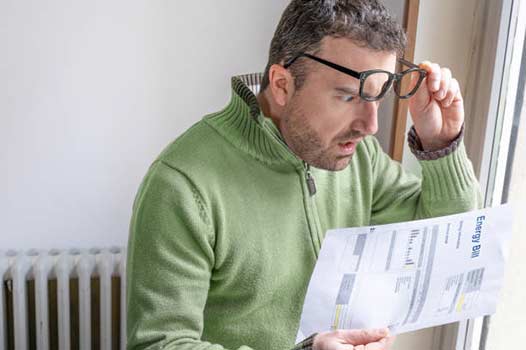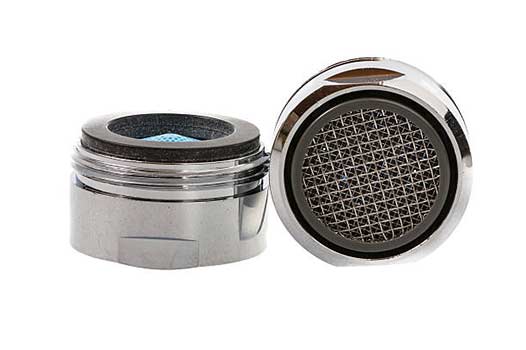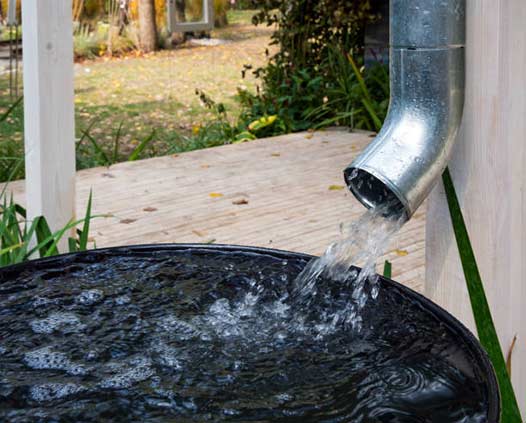Professional plumbers in Chicago know a thing or two about saving money on their home’s water bills.
That is because they work with plumbing systems all the time and know the different household activities that are most likely to increase their home’s water usage.
Moreover, they also know how to tweak these activities to shave hundreds of dollars off their yearly spending on water.
That is good for Chicago plumbers, but what about the rest of us who are not professional plumbers? Do we have to stay stuck with paying high water bills?
The good news is the water-saving techniques used by Chicago city plumbers are also available to other homeowners.
Even if you know nothing about how your home’s plumbing works, you can still use these methods.
Below, we outline some everyday steps real plumbers use to save money on their home’s water bills. Apply these steps to gain control of your water usage and put an end to spiraling water bills in your home, advises Vesta Electric.
6 water-saving strategies used by Chicago plumbers
Check your plumbing for leaks
You may be paying for way more water than you use because of leaks in your plumbing. One small leak can waste between 2,000 and 5,000 gallons of water yearly. If there is more than one leak, the impact on your home’s water bills is best imagined. The trouble with water leaks is they may be present in your home without showing up inside the house. To know if there is a leak in your plumbing, you should learn how to use the water meter to check for it.
Eliminate inefficiencies in your plumbing
If neglected, small problems like a running toilet or dripping faucet can waste several gallons of water and add hundreds of dollars to your water bill. In addition to fixing these problems, doing the following upgrades will help you save money:
- Install water-efficient showerhead: Modern low-flow models let you save as much as 750 gallons of water every year without sacrificing the quality of shower times
- Install new aerators: Aerators cost almost nothing to replace, but they can help to reduce water usage by up to 30%
- Install low-flow faucets: Instead of the 2.2 gpm that you get with standard faucets, low-flow models deliver below 1.6 gpm and lower
- Install efficient appliances: The large upfront cost of a new washer or dishwasher is worth it because these newer models use half the water of older models
Shower, don’t take a bath
A nice warm bath is good if you do it occasionally. But if you indulge in baths too often, you could see a massive spike in your home’s water bills. While the average bath uses around 36 gallons of water, a ten-minute shower uses an average of 20 gallons. If you use a low-flow showerhead and cut the number of minutes you spend in the shower, the water usage of the shower can even be lower.
Use greywater for your garden
Greywater is the name for the used-up water from your sinks, tub and washing machine. This water is unsafe for drinking or washing dishes but perfectly fine for watering your plants. There are many ways to collect water in your home; for instance, you can wash fruits and veggies inside a bowl instead of inside the sink or place a bucket under the washing machine hose to catch water after the rinse. This water can be used to water indoor and outdoor plants or to flush the toilet.
Take your car to the carwash
Why spend money to wash a car when trying to save money on water bills? When you wash your car at home, on average, you use 120 gallons of water per wash (same as taking 6 showers a day). In contrast, the car wash only uses 20 gallons of water, and it has a water reclamation system for recycling the water. It makes sense to spend 8 dollars at the car wash if you will save money on your water bill.
Choose local/drought-resistant plants
A significant amount of the water used in your home goes to keeping the lawn green. If the plants in your yard are alien to the environment, they will need a lot of water. But you can cut down on your lawn’s water consumption by selecting plants that are native to the area and also drought-resistant. Those will survive longer periods without water.
And there you have it. With these six steps, anybody – not just professional plumbers in Chicago – can achieve outstanding savings on their home’s water bills. Try these strategies today and let us know how it goes.




